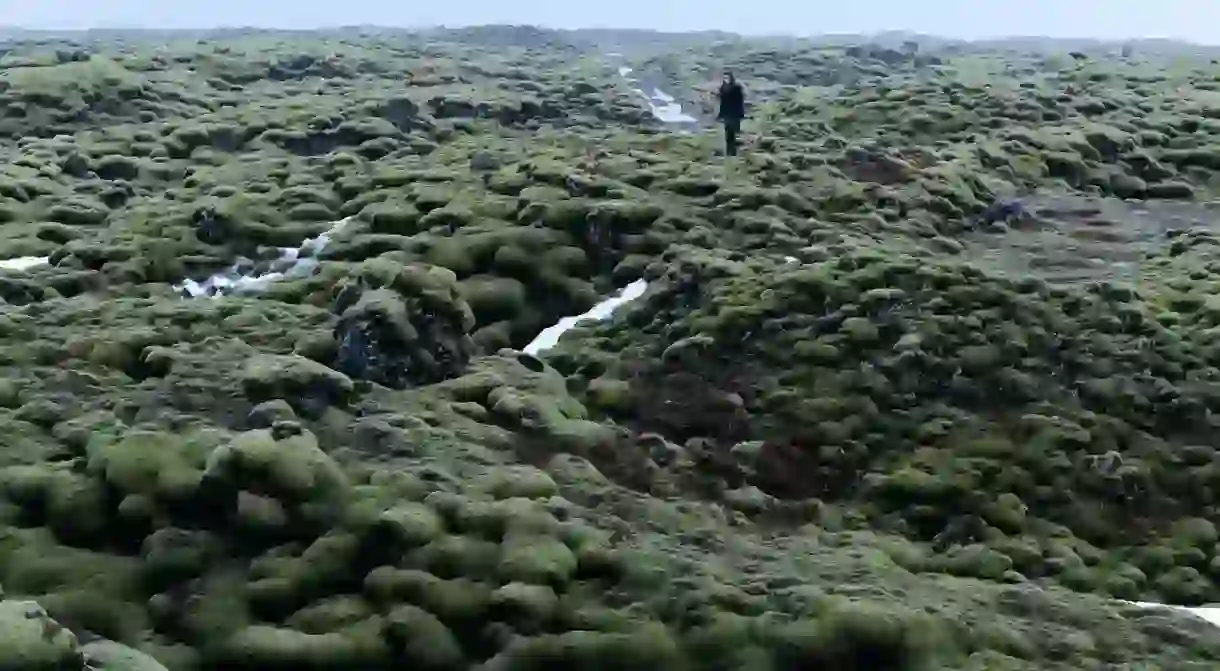Why You Should Visit Iceland's Eldhraun Lava Field at Least Once in Your Life

Situated along Iceland’s south coast, Eldhraun is the largest lava flow in the world. Spanning 565 square kilometres, the site is of both historic and geological importance – not to mention a remarkable place to appreciate Icelandic flora and fauna.
The eruption that created the immense Eldhraun lava field took place over two years from 1783 to 1784, and is considered to be the most poisonous eruption to date. The event had a huge impact on Iceland as the entire population was nearly forced to evacuate in a mass migration to Denmark due to the disease and famine that killed more than half the domestic animals on the island.
Located close to the village of Kirkjubæjarklaustur, the original lava flowed down the riverbed of the Skaftá river and down into the low-lying farmlands of Meðalland. Some historians speculate that the eruption may have even been a cause of the crop failure in Europe around the same time, and that that may have indirectly led to the French Revolution. Interestingly, it’s also the place where the Apollo 11 crew trained for their impending moonwalk in 1969 for its similarity to the surface of the moon.


Despite being covered in moss that took decades to grow, Eldhraun lava field is also surprisingly very fragile which is why walking on the lava field is not allowed. The best way to photograph and explore the area is by stopping at one of the parking lots just off the Ring Road. Sharp black lava rocks can be seen jutting from beneath the soft green moss, making undulating shapes that seem to hide more than they reveal.

As the lava rocks beneath the ground are unsafe due to unstable ground, it is not advised to walk on the lava field, which contains enormous crevices and fissures.

Throughout November and December 2017, Iceland’s largest active volcano has shown signs of reawakening. The country’s meteorological office has reported that the surrounding area smells increasingly of sulphur. The volcano in question lies under the glacier Öræfajökull, which also features Iceland’s highest peak. The volcano is now being kept under close surveillance as it has been showing its first signs of activity in centuries. Hekla, which is Iceland’s most infamous volcano and the closest to Reykjavik, has also been building up pressure for the past two decades.

Despite recent changes, Eldhraun lava is still considered one of Iceland’s biggest tourist attractions.

Feeling inspired? Consider joining Culture Trip’s specially curated five-day Iceland adventure, led by our local insider.













